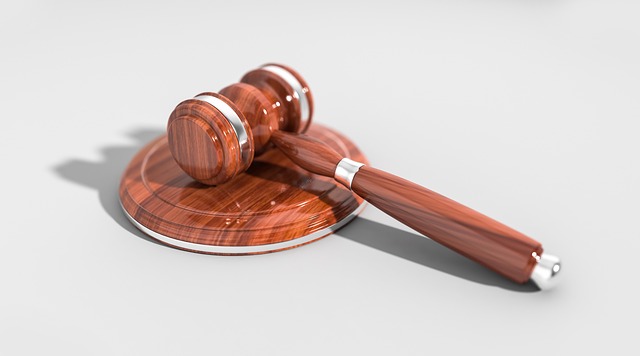Establishing car accident fault is a multifaceted legal process crucial for determining liability and compensation. It involves evaluating driver behavior, road conditions, vehicle maintenance, and adherence to traffic laws using evidence like damage reports, witness accounts, and medical records. The "last clear chance" concept is key in assigning blame, with factors like driver experience and past records factoring in complex cases. Accurately calculating fault requires skilled legal professionals to navigate intricate details, ensuring justice for accident victims.
In the intricate web of car accident claims, determining fault is a meticulous process that holds the key to just compensation. This article explores how fault is calculated, delving into the legal intricacies and practical considerations behind this crucial aspect. From understanding the legal perspective on car accident fault to examining factors influencing its determination, we unravel the steps involved in calculating and allocating fault in insurance claims, providing insights essential for both victims and insurers.
- Understanding Car Accident Fault: The Legal Perspective
- Factors Influencing Fault Determination in Car Crashes
- Process of Calculating and Allocating Fault in Insurance Claims
Understanding Car Accident Fault: The Legal Perspective

In legal terms, establishing fault in a car accident is a crucial step in determining liability and subsequent compensation for victims. The concept of “fault” refers to the degree to which each party involved in an accident is responsible for the resulting damages. From a legal perspective, it’s not merely about who hit whom; instead, it involves complex considerations to assign responsibility fairly.
In car accident claims, fault is calculated by examining various factors, including driver behavior, road conditions, vehicle maintenance, and adherence to traffic laws. For instance, if a driver is speeding or running a red light, these actions may be deemed negligent and contribute to the fault calculation. In cases of medical malpractice or slip and fall accidents, determining fault involves different legal frameworks but still requires a thorough investigation into the circumstances leading up to the incident. The goal is to understand who or what played a significant role in causing car accident injuries, ensuring that justice is served and victims receive appropriate compensation.
Factors Influencing Fault Determination in Car Crashes

Determining fault in a car accident is a multifaceted process that involves considering numerous factors. Several key elements play a significant role in establishing liability and assigning blame when evaluating a car crash scenario. The first step is to examine the physical evidence, including vehicle damage, skid marks, and witness accounts, which can provide crucial insights into how the accident occurred. For instance, the position of vehicles post-collision, tire scuff marks, and brake tracks can offer tangible clues about speeding, failure to yield, or other driver negligence.
Moreover, investigating the conduct of each driver is paramount. This includes analyzing their actions leading up to the collision, such as speeding, distracted driving, following too closely, or running red lights. The behavior of drivers both immediately before and during the accident is scrutinized by car accident lawyers to determine who had the last clear chance to avoid the collision. Additionally, factors like driver experience, past records, and any relevant medical conditions might also be taken into account in complex cases, ultimately shaping the outcome of accident settlements and legal representation.
Process of Calculating and Allocating Fault in Insurance Claims

The process of calculating and allocating fault in car accident claims involves a meticulous evaluation of various factors by insurance adjusters or legal professionals. When determining car accident fault, they consider evidence such as witness statements, medical records, vehicle damage reports, and surveillance footage to reconstruct the sequence of events leading up to the collision. This comprehensive analysis aims to pinpoint the responsible party or parties, ensuring a fair distribution of liability.
The allocation of fault is often complex, especially in cases involving multiple contributors. For instance, in a slip and fall incident, identifying negligence might require examining the condition of the premises, the presence of warning signs, and the victim’s actions. Similarly, in truck accident scenarios, factors like cargo securing, driver fatigue, and adherence to regulations play crucial roles in apportioning fault between the truck driver, the shipping company, or both. Engaging a skilled car accident attorney can significantly aid victims in navigating these intricate calculations and ensuring their rights are protected throughout the claims process.
Determining fault in car accidents is a complex process that involves legal principles and a thorough examination of various factors. By understanding how fault is calculated, individuals involved in accidents can better navigate insurance claims. This article has explored the key elements, from legal perspectives to practical application, that contribute to allocating responsibility in car crash scenarios. When assessing car accident fault, it’s crucial to consider all relevant evidence and apply established guidelines to ensure a fair outcome for all parties.






